Wilderness Revery on top of Eagle Cap
“One time the wind blew free and there was nothing to break the light of the sun ” -from We’eyekin , the guardian spirit of the Nez Perce (Nimigpuu)
Nothing breaks the light of the sun on the summit of Eagle Cap, namesake of Oregon’s largest Wilderness at 359,991 acres (a breathtaking 562 square miles), part of an even larger ecosystem of northeast Oregon that includes Hells Canyon, the deepest gorge in North America.
Wes and I slow when we near the top on a flawless blue sky morning of August 7th. We approach from opposite sides. Walk toward each other. Note the feel of every footfall upon the granite. Here, miniature wildflowers cushion the thin soils, their blooms a swift passage in the brief summer at 9,572 feet. Peaks, snowfields, glacier-chiseled valleys and cobalt alpine lakes dazzle in every direction.
“Step into this…” The words from the poet Anis Mojgani who opened July’s Fishtrap Writer’s Workshop at Wallowa Lake far below us have become our mantra in a new journey of wilderness exploration within and without. That moment of convergence upon this peak will always be a part of our personal story.
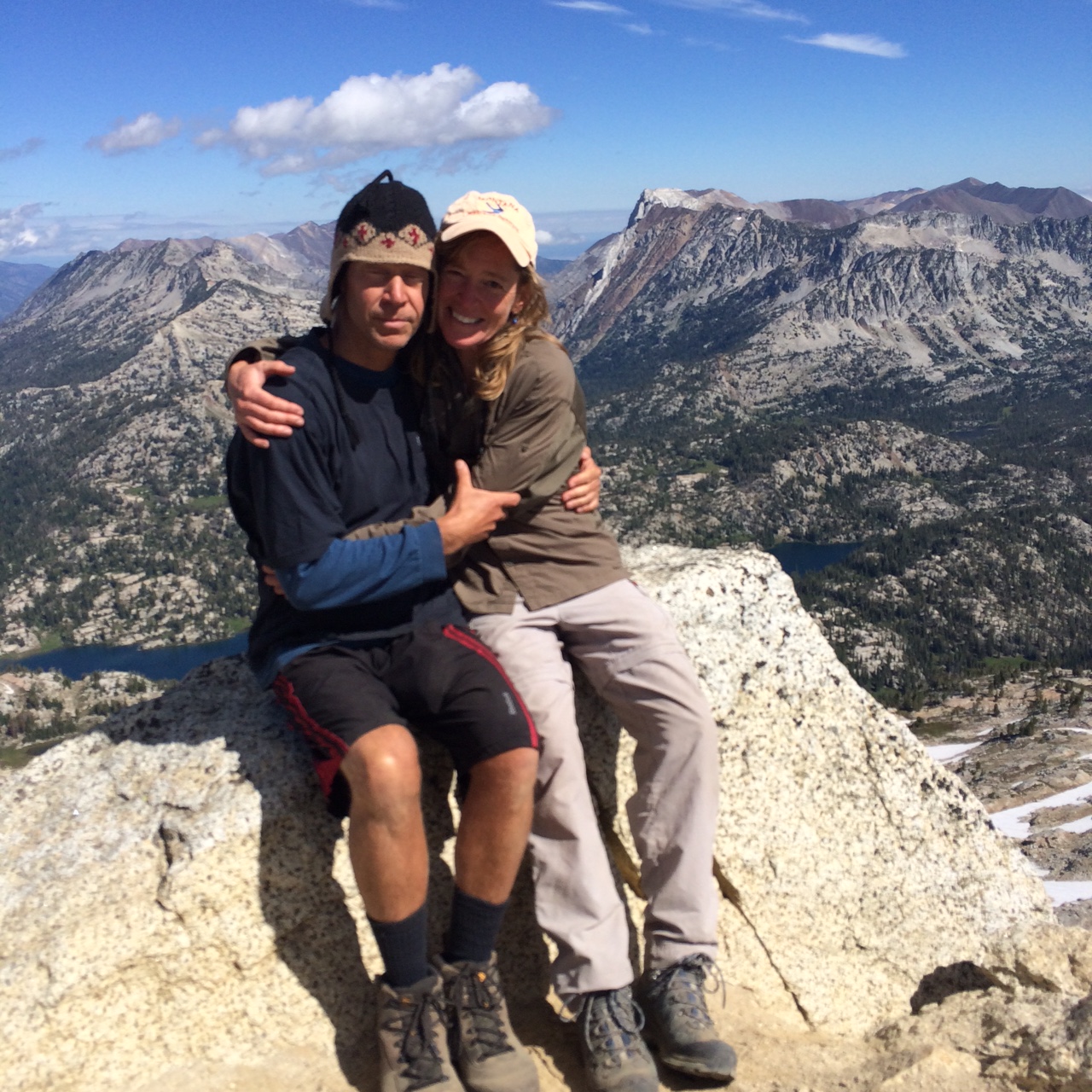
Now, 11 days later, writing on a foggy morning from the southern Oregon Coast, we talk of the Eagle Cap Wilderness in the context of all Wildernesses with the big “W,” saved and protected forever by the women and men who acted with passion, bravery and foresight.
Our own summit gratitude for what the Wilderness teaches us would not have been possible without the mostly unsung heroes and heroines who spoke up to save both the heart of the Eagle Cap wild country and the surrounding roadless areas, so that protection would expand from initial designation under the Wilderness Act of 1964 to add 73,410 acres in 1972 and another 67,711 acres in 1984.
I’ve been fortunate to be in the presence of several heroes and heroines, like Loren Hughes, Marilyn Cripe, Brock Evans and today’s valiant staff and board of Hells Canyon Preservation Council. Their brave work reminds us that Brock’s guiding principle still holds of “endless pressure, endlessly applied.” Wilderness will always need those who are willing to step up to assure the integrity of all that is wild remains and to safeguard the roadless lands surrounding artificial boundaries designated by Congress.
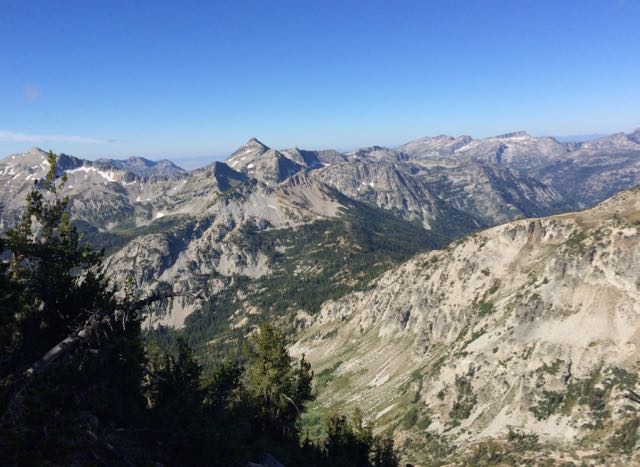
In 1930, the Eagle Cap garnered recognition as a primitive area, and then as wilderness with the small “w” in 1940 that served as cursory protection, to be lifted at will by the U.S. Forest Service when the winds shifted in favor of roading and logging. The Wilderness Act of 1964 gave true protection under the National Wilderness Preservation System, but only for the Eagle Cap core. It took tireless advocacy, foresight, and grassroots campaigns to embrace today’s 359,991 acres of Wilderness.
One champion of the Eagle Cap Wilderness was William O’Douglas, who served longer than any other chief justice on the Supreme Court (from 1939-1975) and steered our country to manifest the meaning of America the Beautiful — the country willing to protect its sacred wild places for generations to come. He summered on the Lostine River, one of the main entryways to hike to the namesake summit. From a lifetime of hiking in the West, he drew strength to speak up not just for the environment, but for justice, civil rights, peace over war, and for all that makes this country great.
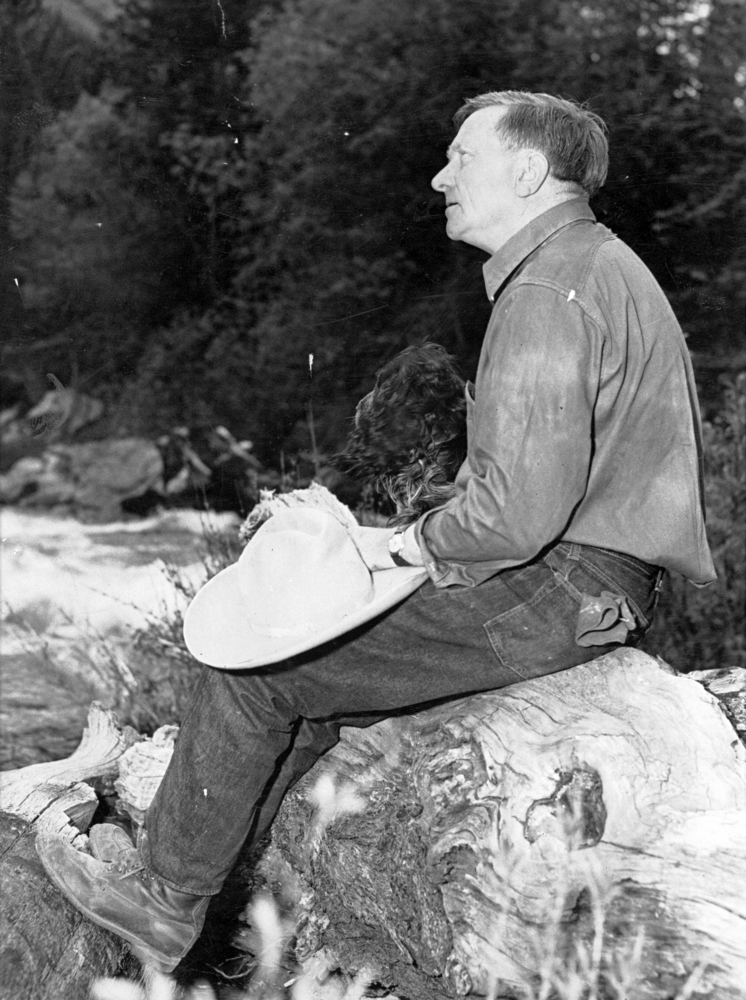
His legacy serves as yet another reminder of the importance of personal experience with Wilderness, of what it gives us, of what we take back to others, and of how we amplify that gift in our actions each day.
There, upon the high summit of Eagle Cap, Wes and I stood in the center of Wilderness in a place that has long known the footfalls of people stunned by beauty. For thousands of years, the Nimiipu (the true name for the Nez Perce tribe), made this ascent, too. They knew the value even then when the world all seemed one big Wilderness of the “peopleless land,” where generations of boys and girls would find their individual wéyekin (guardian spirit) as a vision of an animal or an event of deep meaning.
That morning of our own revelation on Eagle Cap started in solitude and personal communion. As more hikers arrived, we might have chafed at sharing the top, but we did not. For every person who attains that summit or any others, or any wild lake, or wild tree is one more person on this planet touched by the big “W” of Wilderness.
Now, days later in this coastal place of seabird and sea lion wildness, I feel this sacred power and the unspoken promise to do my own small part to speak up for the Wild.
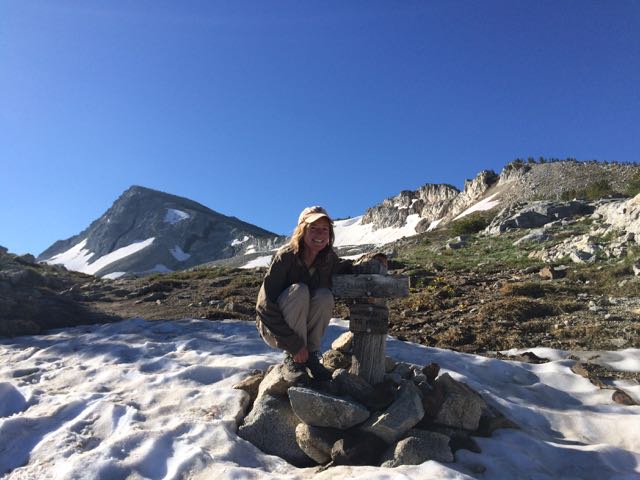
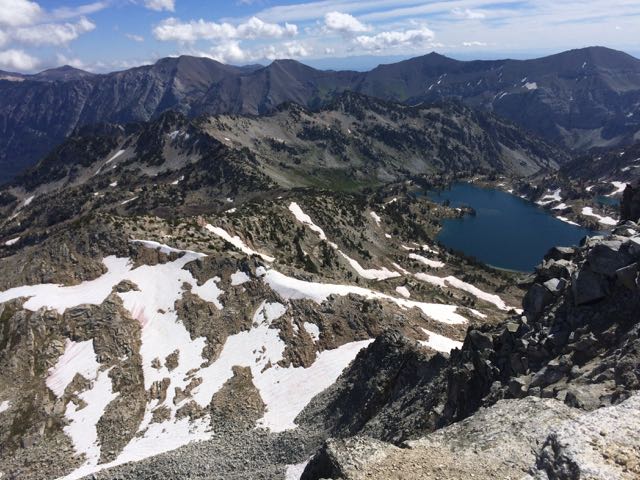
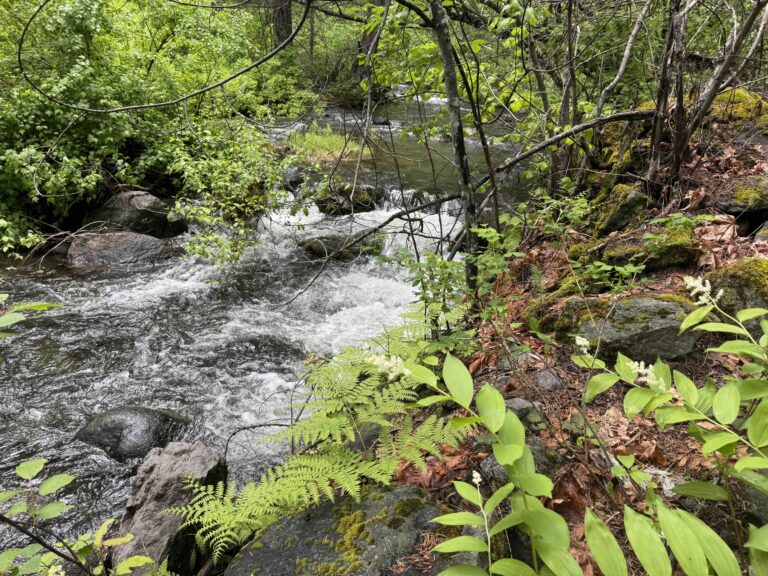
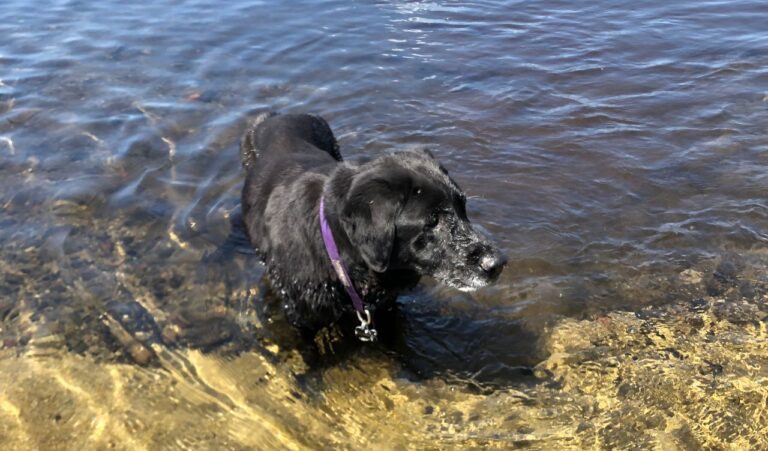
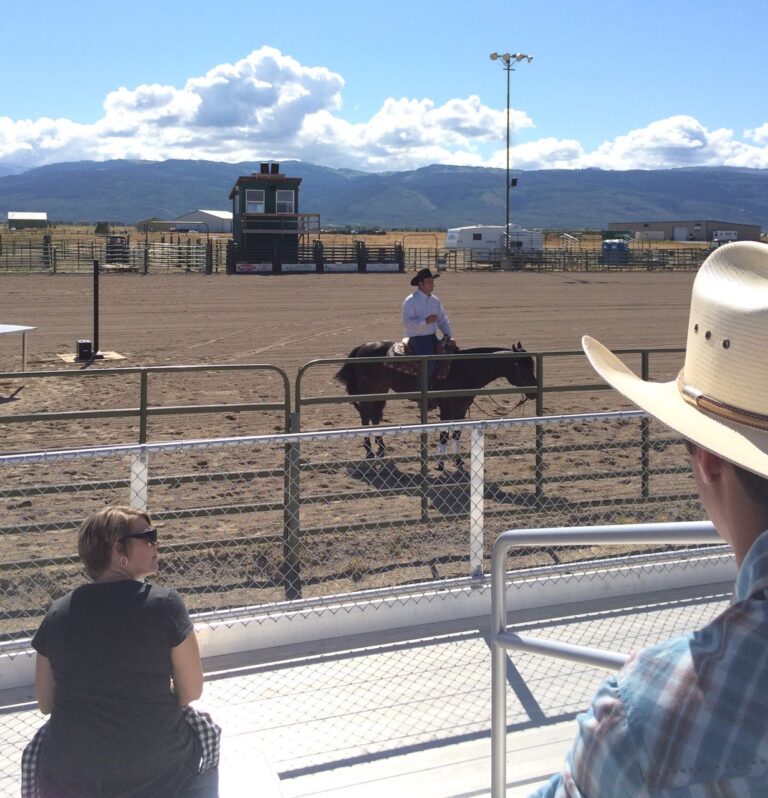
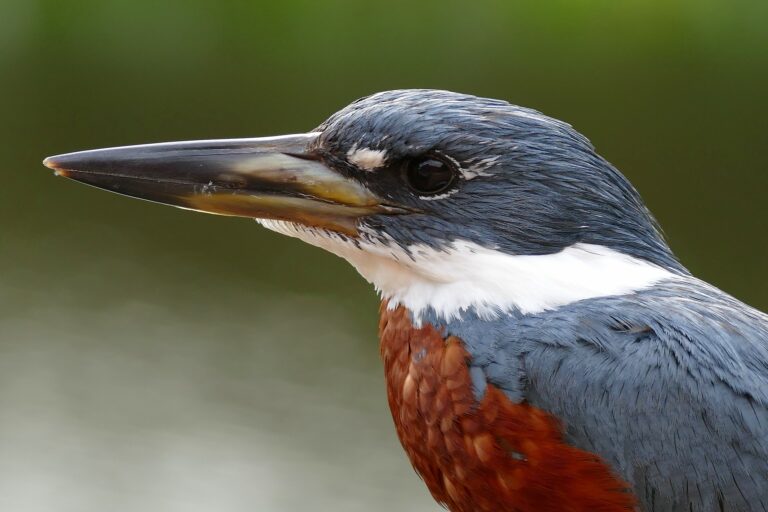
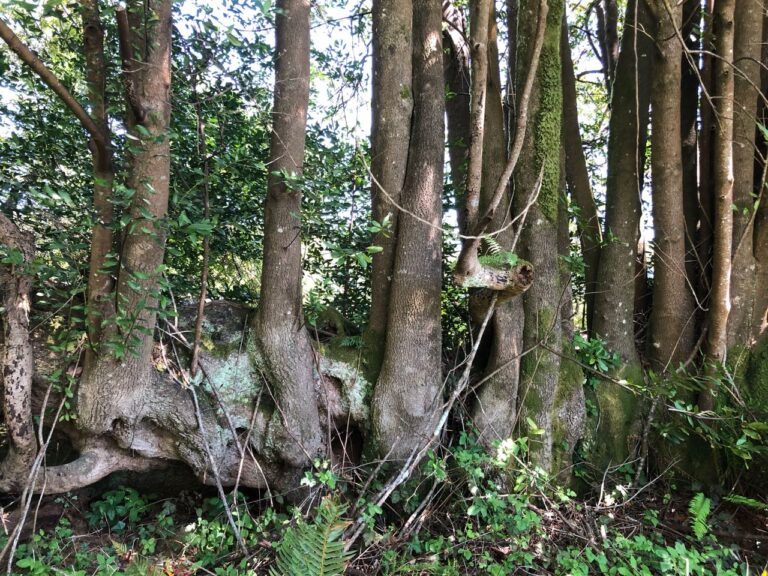
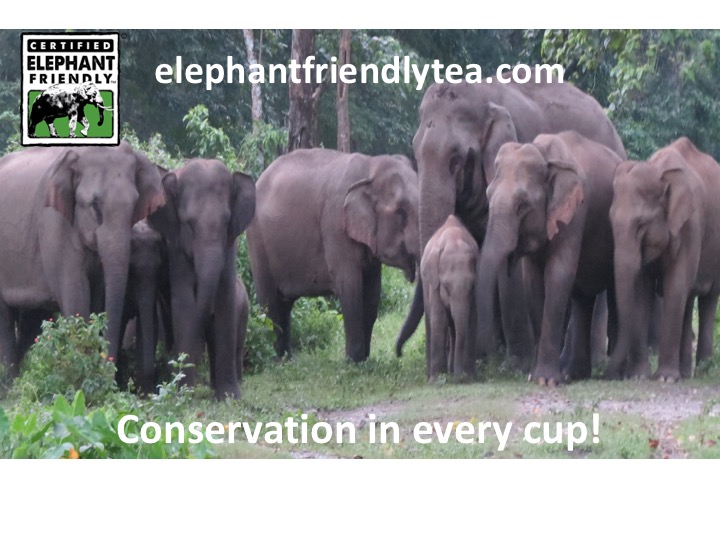
0 Comments